Having a kitchen island with a sink can be a game changer for many homeowners. It offers convenience, functionality, and adds an interesting design element to your kitchen. However, like any other kitchen design feature, there are both pros and cons to consider before deciding if a sink in your kitchen island is the right choice for you. One of the main benefits of having a sink in your kitchen island is the added convenience. It allows you to prep, cook, and clean all in one central location, eliminating the need to constantly move between the sink and other areas of your kitchen. This can save you time and energy, especially when preparing meals for a large group of people or hosting a dinner party. Another advantage of having a sink in your kitchen island is the added counter space. You can use the sink as a prep area or as a designated spot for dirty dishes and cookware, freeing up your main kitchen countertops for other tasks. This can be especially useful in smaller kitchens where counter space is limited. However, one of the downsides of having a sink in your kitchen island is the potential for mess. If you're not careful, water and food debris can easily splash onto your island countertop and floor, creating a bigger cleanup job. This can be avoided by choosing a sink with a high-quality faucet and using a splash guard when needed. Another disadvantage is the cost. Adding a sink to your kitchen island can be a significant investment, especially if you need to run new plumbing lines. You also need to consider the cost of the sink itself, as well as any additional features such as a garbage disposal or soap dispenser. Overall, the decision to have a sink in your kitchen island ultimately comes down to your personal preferences and lifestyle. Consider your cooking habits, kitchen layout, and budget before making a final decision.1. Pros and Cons of Having a Sink in Your Kitchen Island
Choosing to incorporate a sink into your kitchen island is not a decision to be taken lightly. It's important to carefully weigh the pros and cons and consider your specific needs and preferences before making a final decision. First, think about your cooking style and how you typically use your kitchen. Do you do a lot of meal prep? Do you often have multiple people cooking in the kitchen at once? If so, having a sink in your kitchen island can make tasks more efficient and less crowded. Next, consider the layout of your kitchen. Is there enough space for a kitchen island with a sink without creating an awkward or cramped cooking space? It's important to maintain a comfortable flow and ample walking space around your kitchen island. You should also think about the overall design aesthetic of your kitchen. A sink in your kitchen island can add a unique and modern touch, but it may not suit a more traditional or classic style. Make sure the addition of a sink complements the rest of your kitchen design. Lastly, consider your budget. As mentioned before, adding a sink to your kitchen island can be a significant investment. Make sure it aligns with your budget and that you're comfortable spending the money for the added convenience and functionality.2. How to Decide if a Kitchen Island with a Sink is Right for You
When incorporating a sink into your kitchen island, it's important to consider how you will use the space and how it will function on a day-to-day basis. Here are some tips to help you design a functional kitchen island with a sink: Choose the right size: The size of your sink and the amount of counter space you have will greatly impact the functionality of your kitchen island. Make sure the sink is large enough to accommodate your cooking and cleaning needs, but not so big that it takes up too much counter space. Position it strategically: Placing the sink in the center or towards the back of the island can make it easier to use and less likely to cause splashes onto your countertops. You should also consider the location of your dishwasher and any other kitchen appliances when designing the layout of your kitchen island. Choose a durable material: Your kitchen island sink will likely see a lot of action, so it's important to choose a durable material that can withstand everyday wear and tear. Stainless steel and granite are popular options for their durability and resistance to stains and scratches.3. Designing a Functional Kitchen Island with a Sink
In addition to the convenience and functionality, there are several other benefits to having a sink in your kitchen island: Increased home value: A kitchen island with a sink can add value to your home and make it more attractive to potential buyers if you ever decide to sell. It's a popular feature that many homebuyers look for in a modern kitchen. Entertaining made easy: If you enjoy hosting guests, a sink in your kitchen island can be a game changer. You can prep and serve food without having to leave your guests to wash dishes in the main kitchen sink. Multi-functional use: A kitchen island with a sink can serve multiple purposes. It can be used as a prep area, a bar or serving station, or even a workspace for kids to do homework while you cook.4. The Benefits of Having a Sink in Your Kitchen Island
When it comes to choosing a sink for your kitchen island, there are a few key factors to consider: Size and shape: The size and shape of your kitchen island will determine the size and shape of your sink. Make sure it fits comfortably without taking up too much counter space. Material: As mentioned before, stainless steel and granite are popular choices for their durability. However, other materials such as porcelain, fireclay, and copper can also add a unique touch to your kitchen island. Style and design: Your kitchen island sink should complement the overall design of your kitchen. Consider the faucet style, as well as any additional features like a soap dispenser or double basin.5. Tips for Choosing the Right Sink for Your Kitchen Island
Before making the decision to add a sink to your kitchen island, there are a few important things to consider: Plumbing and electrical work: If your kitchen island is not already equipped with plumbing and electrical outlets, you will need to hire a professional to install them. This can add to the overall cost and may require some renovation work. Drainage: You will also need to consider the drainage for your sink. Depending on the location of your kitchen island, you may need to install a pump to help with drainage or connect it to your main kitchen plumbing. Building codes and regulations: It's important to check with your local building codes and regulations before adding a sink to your kitchen island. There may be specific requirements that need to be met in terms of size, placement, and safety measures.6. Incorporating a Sink into Your Kitchen Island: Things to Consider
A kitchen island with a sink offers versatility and can serve multiple purposes in your kitchen: Extra storage space: Some kitchen islands with sinks also come with additional storage options such as cabinets or drawers. This can be a great way to add extra storage space in your kitchen. Seating options: Depending on the size of your kitchen island, you may be able to add seating on one side, creating a casual dining area or a place for guests to sit and chat while you cook. Customizable features: With a kitchen island sink, you have the option to customize it to your specific needs and preferences. You can add a garbage disposal, a soap dispenser, or even a built-in cutting board.7. The Versatility of a Kitchen Island with a Sink
If space is limited in your kitchen, incorporating a sink into your kitchen island can help maximize the available space. Here are some tips to make the most of your kitchen island sink: Choose a smaller sink: The size of your sink will greatly impact the amount of counter space you have. Consider choosing a smaller sink to leave more room for food prep. Install a shallow sink: A shallow sink can be just as functional as a deep one and will take up less counter space. It can still accommodate most pots and pans, and its shallow depth will make it easier to reach into. Add a cutting board: If you have limited counter space, consider adding a cutting board that fits over your sink. This will allow you to use the sink as a prep area without taking up any additional space.8. How to Maximize Space with a Kitchen Island Sink
In today's modern kitchens, the kitchen island is often used for more than just food prep and cooking. It has become a multi-functional space for dining, entertaining, and even working. A sink in your kitchen island can play a crucial role in this multi-functional space by providing a designated area for cleaning and washing up. For example, if you're using your kitchen island as a workspace, having a sink nearby can make it easier to clean up any spills or messes without having to leave the area. It can also serve as a designated spot for washing dishes or cleaning up after a meal, freeing up your main kitchen sink for other tasks.9. The Role of a Sink in a Multi-Functional Kitchen Island
Adding a sink to your kitchen island can have a positive impact on your home's resale value. It's a sought-after feature that can make your kitchen more functional and appealing to potential buyers. However, it's important to keep in mind that the addition of a sink in your kitchen island may not be suitable for all homebuyers. Some may prefer a larger island with more counter space, while others may not see the value in having a sink in the island. Ultimately, it's a personal preference and should be considered in the overall design and functionality of your kitchen.10. The Impact of a Kitchen Island Sink on Your Home's Resale Value
Why a Kitchen Island with a Sink is a Must-Have in Modern House Design
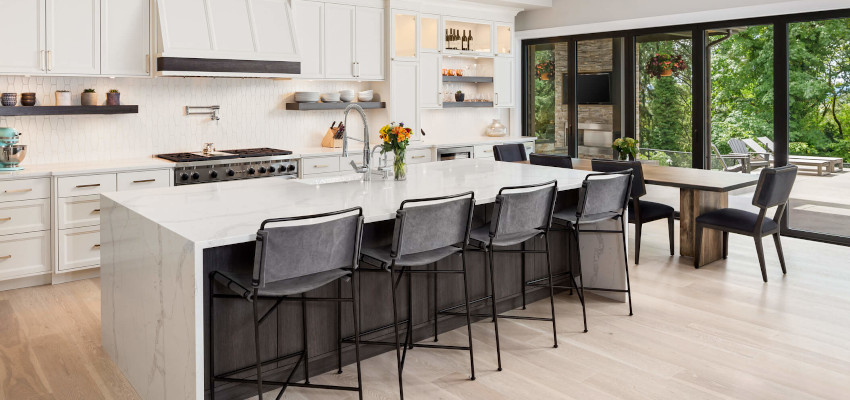
Efficient Use of Space
 When it comes to designing a kitchen, every inch of space counts. Kitchen islands are a popular addition to modern house designs as they provide extra counter space and storage. But why stop there? Adding a
sink
to your kitchen island not only saves space but also creates a functional and stylish focal point in the room. With a
sink
on your kitchen island, you can easily rinse and prep fruits and vegetables while still having plenty of countertop space for other tasks. This
efficient use of space
is especially beneficial for smaller kitchens where every inch counts.
When it comes to designing a kitchen, every inch of space counts. Kitchen islands are a popular addition to modern house designs as they provide extra counter space and storage. But why stop there? Adding a
sink
to your kitchen island not only saves space but also creates a functional and stylish focal point in the room. With a
sink
on your kitchen island, you can easily rinse and prep fruits and vegetables while still having plenty of countertop space for other tasks. This
efficient use of space
is especially beneficial for smaller kitchens where every inch counts.
Streamlined Workflow
 In a busy household, the kitchen can be a hub of activity. From meal prep to clean up, there's always something happening in the kitchen. Having a
sink
on your kitchen island can significantly improve your workflow and make cooking and cleaning more efficient. With a
sink
close to your stove and refrigerator, you can easily move from one task to another without having to constantly cross the kitchen. This
streamlined workflow
not only saves time but also reduces the risk of spills and accidents.
In a busy household, the kitchen can be a hub of activity. From meal prep to clean up, there's always something happening in the kitchen. Having a
sink
on your kitchen island can significantly improve your workflow and make cooking and cleaning more efficient. With a
sink
close to your stove and refrigerator, you can easily move from one task to another without having to constantly cross the kitchen. This
streamlined workflow
not only saves time but also reduces the risk of spills and accidents.
Entertainment and Socializing
 In modern house designs, the kitchen is often the heart of the home. It's a place where family and friends gather, whether it's for a casual meal or a celebratory occasion. With a
sink
on your kitchen island, you can easily interact with your guests while preparing food and drinks. It also allows for a more open and
social
atmosphere, as the cook can still be a part of the conversation. Plus, having a
sink
on your kitchen island means no more trips back and forth to the main sink, keeping the party going without any interruptions.
In modern house designs, the kitchen is often the heart of the home. It's a place where family and friends gather, whether it's for a casual meal or a celebratory occasion. With a
sink
on your kitchen island, you can easily interact with your guests while preparing food and drinks. It also allows for a more open and
social
atmosphere, as the cook can still be a part of the conversation. Plus, having a
sink
on your kitchen island means no more trips back and forth to the main sink, keeping the party going without any interruptions.
Enhanced Functionality
 A
kitchen island with a sink
offers a range of
functional
benefits. From a second sink for meal prep to a designated area for hand-washing and dishwashing, it adds an extra level of convenience to your kitchen. You can also install additional features such as a garbage disposal or dishwasher, making clean-up a breeze. With a
sink
on your kitchen island, you can truly maximize the functionality of your kitchen and make everyday tasks more manageable.
In conclusion, a
kitchen island with a sink
is a must-have in modern house design for its efficient use of space, streamlined workflow, entertainment and socializing benefits, and enhanced functionality. It not only adds style to your kitchen but also makes daily tasks easier and more enjoyable. So why settle for a standard kitchen island when you can have one with a
sink
? Make the most out of your kitchen design and consider adding a
sink
to your kitchen island for a truly functional and stylish space.
A
kitchen island with a sink
offers a range of
functional
benefits. From a second sink for meal prep to a designated area for hand-washing and dishwashing, it adds an extra level of convenience to your kitchen. You can also install additional features such as a garbage disposal or dishwasher, making clean-up a breeze. With a
sink
on your kitchen island, you can truly maximize the functionality of your kitchen and make everyday tasks more manageable.
In conclusion, a
kitchen island with a sink
is a must-have in modern house design for its efficient use of space, streamlined workflow, entertainment and socializing benefits, and enhanced functionality. It not only adds style to your kitchen but also makes daily tasks easier and more enjoyable. So why settle for a standard kitchen island when you can have one with a
sink
? Make the most out of your kitchen design and consider adding a
sink
to your kitchen island for a truly functional and stylish space.















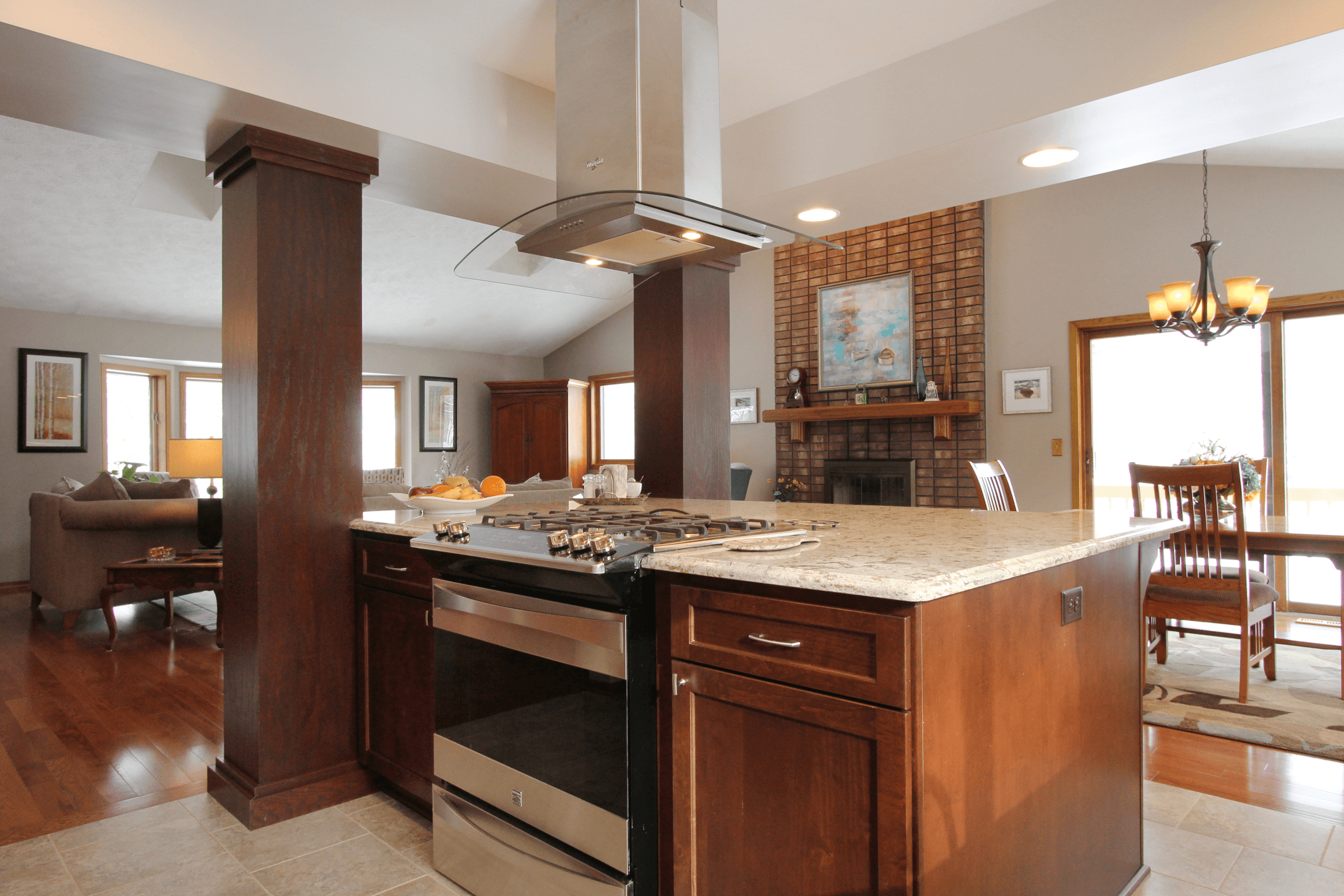






/KitchenIslandwithSeating-494358561-59a3b217af5d3a001125057e.jpg)
/kitchen-island-with-sink-ideas-6-naked-kitchens-heathwood-5857587bd7714e24a0f831ebd373918c.jpeg)




:strip_icc()/kitchen-island-with-sink-ideas-7-mindy-gayer-neillie-gail-8a3e8e62f5ca4883aa351d1b849943b2.jpeg)




:max_bytes(150000):strip_icc()/incredible-kitchen-islands-with-seating-1822164-hero-ab8cf0c1c21f4c1ca658145cb6b52338.jpg)





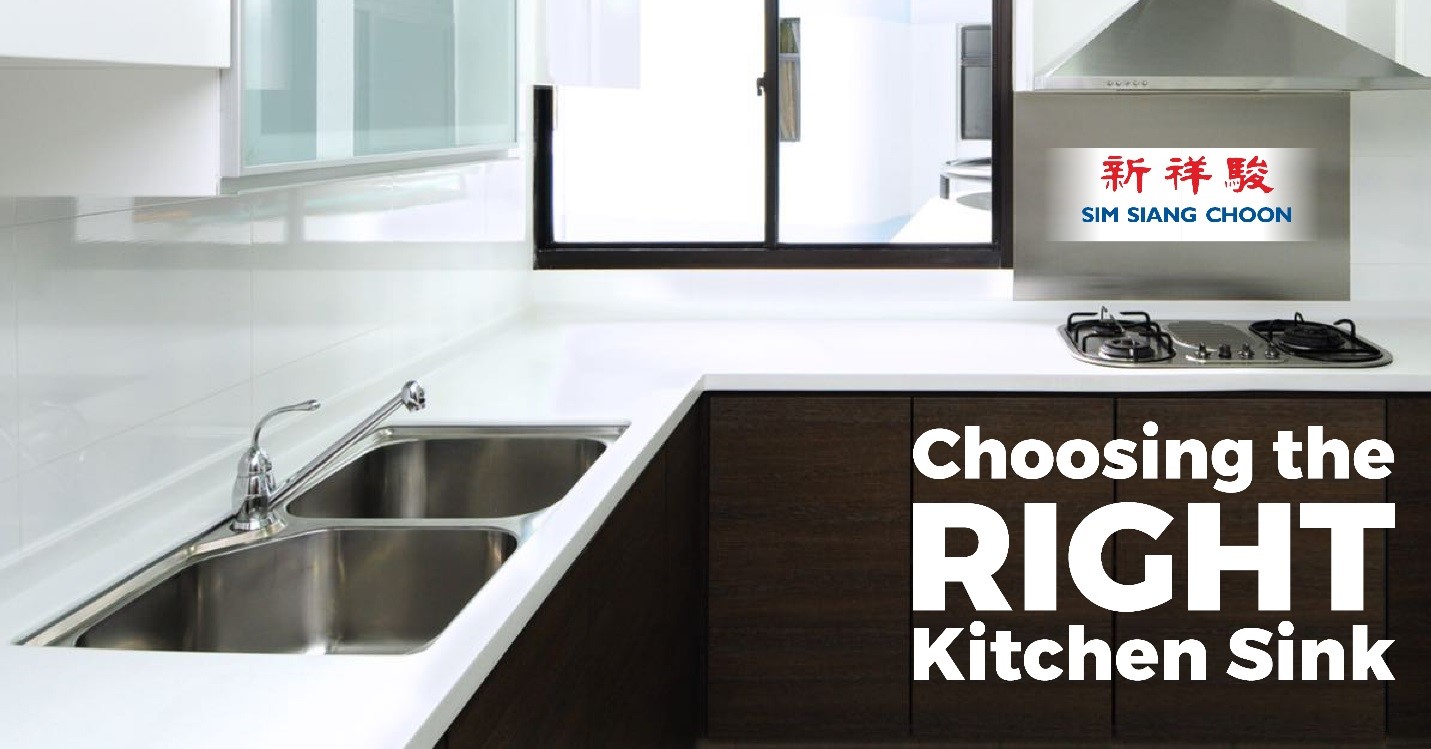
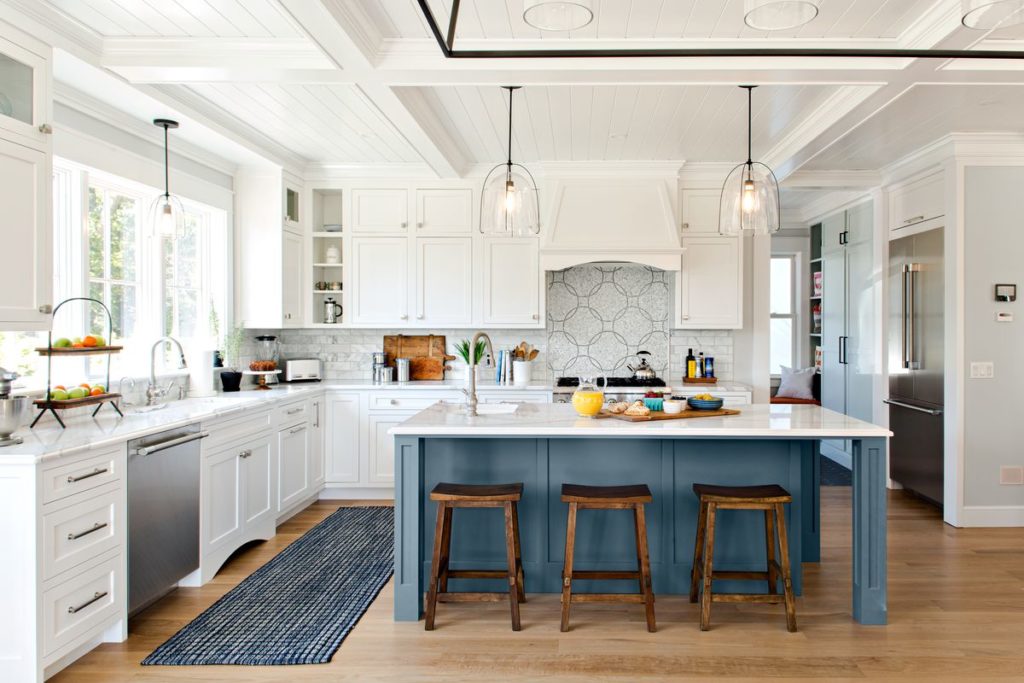




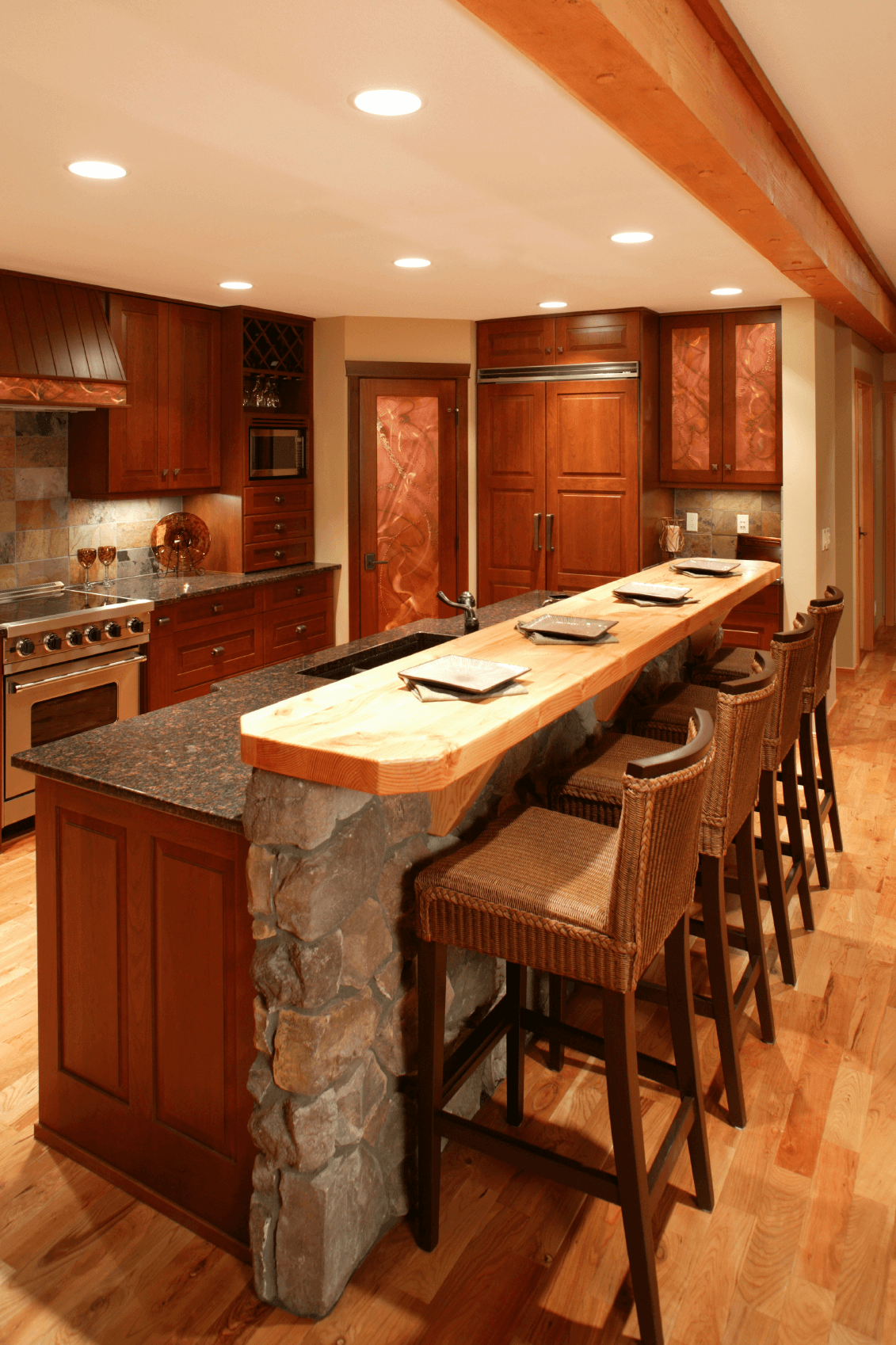



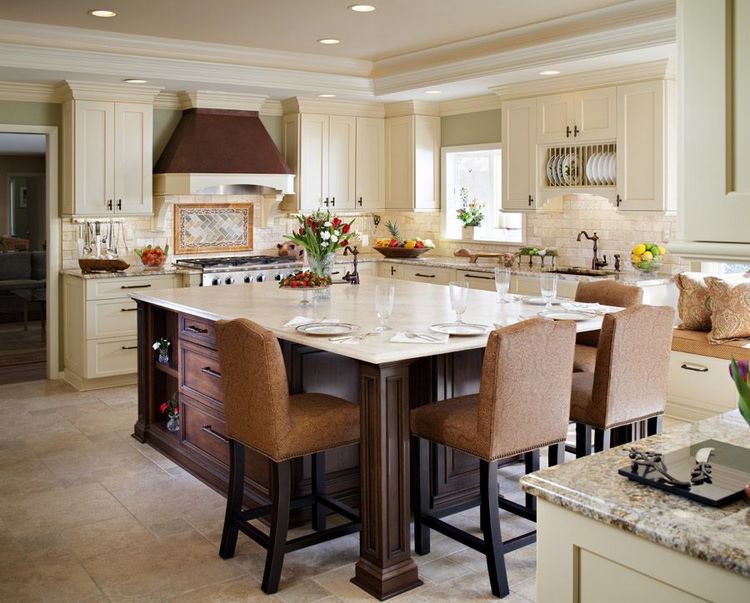





:max_bytes(150000):strip_icc()/kitchen-shaker-cabinets-island-bar-stools-0bac6dff-d21782233d8d40848684628ea8113ddc.jpg)












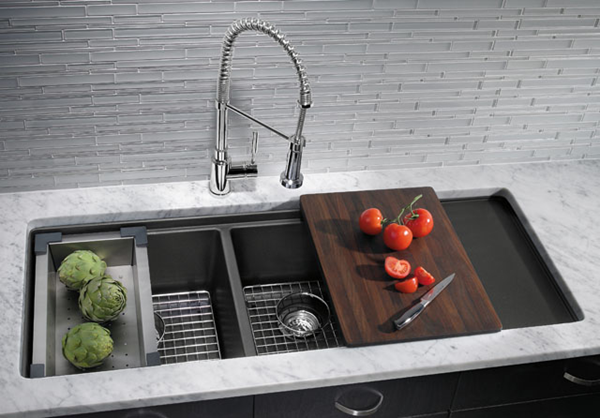




/cdn.vox-cdn.com/uploads/chorus_image/image/65889507/0120_Westerly_Reveal_6C_Kitchen_Alt_Angles_Lights_on_15.14.jpg)
:strip_icc()/kitchen-island-with-sink-ideas-1-mindy-gayer-la-jolla-8330c20a430e417a9520eb479f30fb4e.jpeg)
:max_bytes(150000):strip_icc()/KitchenIslandwithSeating-494358561-59a3b217af5d3a001125057e.jpg)






